The Last Black Man in San Francisco takes enormous risks, not the least of which is its open and unabashed appeal to the heart. Barely within its first 10 minutes, the film hurdles into a sequence of epic slow motion with music to match it, a collage of San Francisco and its inhabitants as we follow the two main characters on a skateboard across town. This sequence is one of many to follow, and the filmmakers place enormous trust in these heightened gestures to sweep the audience away, and in the audience’s willingness to give themselves over to them. As it turns out, these stylistic flourishes are not quite supported by the rest of the film.
The setting is the crumbling, increasingly gentrified San Francisco. The young man referenced in the title, Jimmie Fails (played by Jimmie Fails; the script is based on aspects of his life) lives with his friend Montgomery (Jonathan Majors), an aspiring playwright, and spends his time tending to a Victorian house in the Fillmore neighborhood, where he grew up and which he says was built by his grandfather in the 1946. He does this without the consent of the current owners, sometimes to their great frustration.
When the house becomes unoccupied, Jimmie moves in, as he has always dreamed of doing so and believes it is his right. We sense this is a doomed endeavor from the outset before watching it come apart, though there are many digressions. The film moves at its own undulating pace, subject much more to mood than to plot. The overall tone is one of sadness and acceptance.
First-time director Joe Talbot has a keen eye for creating lush, powerful images, often of an individual against a vast backdrop—a man standing on a crate with the bay behind him. The overgrown vegetation in sites of neglect is incredibly evocative, especially when shot at night, and the film is full of such imagery and deep feeling for the varied and struggling inhabitants of San Francisco who are gradually being left behind. Talbot aims for a powerful, encompassing, poetic sweep of a city that is vanishing and becoming less and less habitable to the struggling and the disenfranchised.
Yet amid the gorgeous imagery, the swelling music, and the dramatic slow motion, the characters are somewhat lost. It is not that we are ever particularly confused about their desires or disbelieving the specifics of their dramatic arcs or at a loss to describe any of their personalities. It is, in fact, very difficult to describe the disconnect, yet it’s palpable. Perhaps the film leans too deeply into its appeal to the heart and verges on the saccharine. Viewers are thrust into a world where music rises to a fever pitch before there is any time to justify this emotional high.
Or maybe the film doesn’t seem to be populated by real people at all, even though they outwardly have real-world struggles (like addiction), given that a number of characters do not transcend caricature. Toward the end, the film yields to one of my least favorite dramatic conventions, which I won’t describe other than to say that it would be more at home in a high school–set movie than the one that Talbot has made. What we are left with is a preponderance of emotional ploys in a dramatic situation that could have spoken very easily for itself.
Even though the movie ultimately fails to land the way the filmmaker intended, it is refreshing to see a movie that is so unashamed of its emotionality and grand gestures.

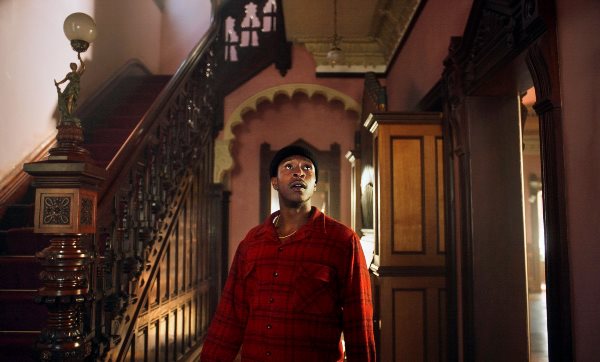
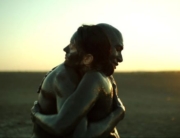
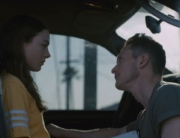
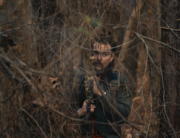
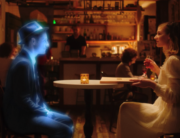
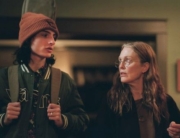
Leave A Comment